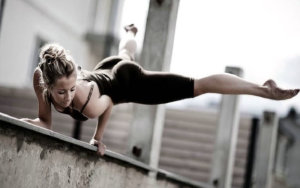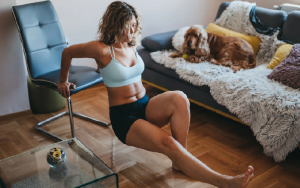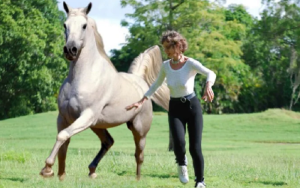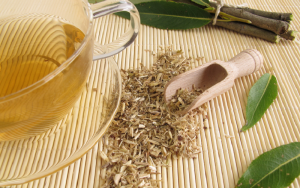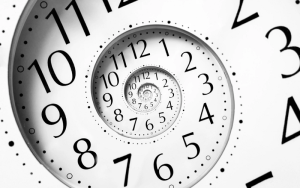
Have you ever considered diversifying your workout regimen with a splash of rhythm, a dash of culture, and a whole lot of fun? If not, it’s high time to explore the realm of traditional dance as a unique and invigorating form of exercise.
Traditional dance has long been an integral part of many cultures, serving not just as a form of entertainment, but also as a way of telling stories, preserving history, and building community. But have you ever thought about its potential as a dynamic and engaging workout routine?
Contents
- Introduction to Traditional Dance as a Workout
- The Benefits of Traditional Dance as a Workout
- Types of Traditional Dance to Incorporate into Your Workout
- How to Incorporate Traditional Dance into Your Workout Routine
- References
Introduction to Traditional Dance as a Workout
A well-rounded workout routine is crucial for achieving and maintaining a high level of fitness. It keeps our bodies challenged, preventing the dreaded fitness plateau, and ensures we’re developing strength, flexibility, and endurance in a balanced way. Additionally, variety can keep us motivated, making our workouts something we look forward to rather than a chore. This is where traditional dance comes in.
Traditional dance, with its rich cultural history and diverse styles, offers an opportunity for a unique and exhilarating workout experience. These dances, which have been handed down through generations, are often a blend of complex movements that engage various muscle groups, providing a comprehensive and enjoyable workout. Incorporating traditional dance into your fitness routine not only adds variety but also presents an opportunity to learn about different cultures and their histories.
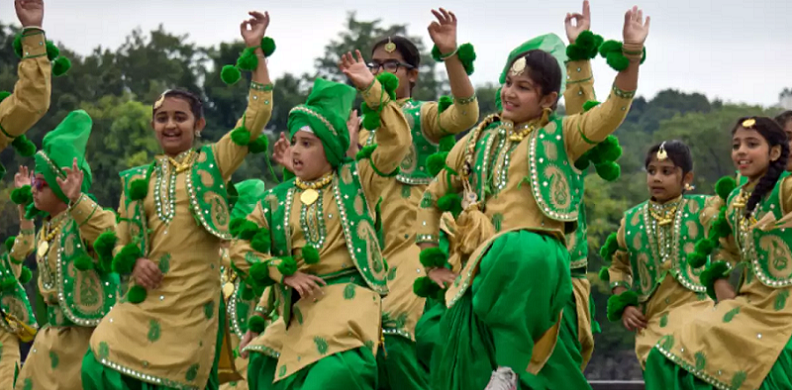
The Benefits of Traditional Dance as a Workout
While traditional dance offers an enjoyable way to diversify your workout routine, the benefits it offers go beyond mere variety. It’s a multifaceted form of exercise that can positively impact your physical health, mental wellbeing, and social life.
Physical Health Benefits
When we think about workouts, the first thing that usually comes to mind is physical health. Traditional dance, with its dynamic and rhythmic movements, offers numerous physical benefits that rival those of more conventional forms of exercise.
Cardiovascular Endurance
Just like running, cycling, or swimming, traditional dance can get your heart rate up, providing an effective cardiovascular workout. The constant movement involved in most dances helps improve heart health and lung capacity, making it a fun way to get your cardio in [1].
Strength and Flexibility
Traditional dances often require you to perform a range of motions, some of which can be quite complex. These movements can engage multiple muscle groups, helping to build strength. Moreover, the need for fluidity and grace in dance encourages flexibility, which can aid in injury prevention and overall physical fitness.
Balance and Coordination
Dance inherently requires a good deal of balance and coordination. Through learning and practicing dance routines, you can improve these skills, which are essential for overall physical health and functional fitness.
Mental Health Benefits
In addition to its physical benefits, traditional dance can also contribute significantly to mental health. The mind-body connection that dance fosters, combined with the cultural enrichment it provides, can lead to improved mental wellbeing [2].
Stress Relief
Traditional dance can be a great stress reliever. The concentration required to learn and perform dance steps can serve as a form of mindfulness, helping to clear your mind and reduce stress levels.
Mind-Body Connection
Dance encourages a heightened awareness of your body and how it moves. This improved body awareness can contribute to better posture and movement in your daily life, helping to prevent injuries and promote general wellbeing.
Cultural Appreciation and Understanding
Learning traditional dances offers a unique opportunity to immerse yourself in different cultures. This cultural appreciation can broaden your perspectives, promote empathy, and enrich your mental and emotional wellbeing.
Social Benefits
Dance is not just a solitary activity – it can also be a social one. The social aspects of traditional dance can provide benefits that are just as important as its physical and mental ones [3].
Community Involvement
Traditional dance often brings people together, creating a sense of community. Whether you’re taking dance classes or participating in a dance event, you’ll have the opportunity to meet new people and form connections.
Teamwork and Communication Skills
Many traditional dances involve partner work or group formations, which require cooperation and communication. These skills can extend beyond the dance floor, benefiting your personal and professional life.
Fun and Enjoyment
Last but not least, traditional dance is fun! Enjoyment is a key factor in sticking with a workout routine. If you’re having fun while working out, you’re more likely to keep at it, making traditional dance a sustainable choice for long-term fitness.
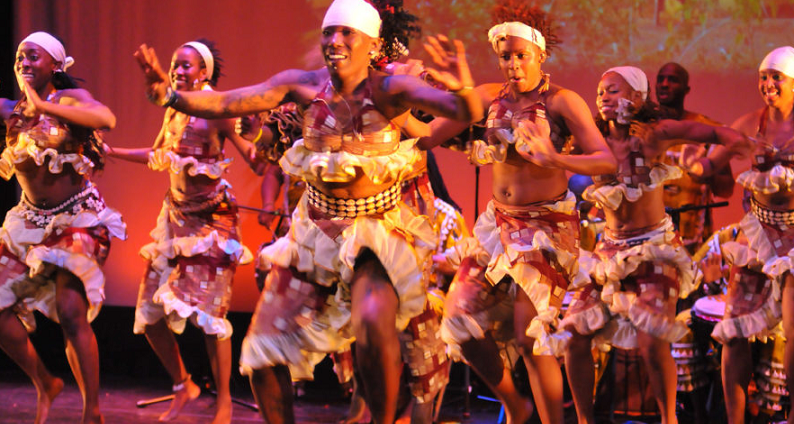
Types of Traditional Dance to Incorporate into Your Workout
There’s a world of traditional dance out there, each with its own unique style, movements, and cultural history. In this section, we’ll introduce you to a few notable types of traditional dance that can add diversity, fun, and cultural richness to your workout routine.
African Dance
African dance, originating from the diverse cultures across the African continent, is known for its dynamic, energetic movements.
Description and Origins
African dance is not a single dance form but a collection of dances rooted in the rich traditions of Africa’s numerous tribes and regions. Many of these dances are grounded in community life and often reflect the natural world, spiritual beliefs, or social issues.
Key Moves and Their Fitness Benefits
African dance often involves total body movement with a focus on rhythm and improvisation. It can offer an excellent cardio workout, engaging your core, and strengthening your lower body with its dynamic jumps and fast footwork [4].
Latin Dance
Latin dance, originating from Latin America, is another vibrant choice that can spice up your fitness routine.
Description and Origins
Latin dance encompasses various dance styles, including salsa, cha-cha, rumba, and merengue, among others. These dances have roots in Latin American countries and are often characterized by their passionate, lively nature.
Key Moves and Their Fitness Benefits
Latin dance typically involves quick steps, hip movements, and partner work. It’s an excellent way to improve coordination and balance while providing a great cardio and core workout.
Irish Dance
Irish dance, with its quick footwork and lively music, can be another exciting addition to your workout routine.
Description and Origins
Irish dance has a rich history, with styles ranging from the well-known Riverdance to traditional Ceili dances. It is characterized by rapid foot movements, a stiff upper body, and often involves either solo or group performances [5].
Key Moves and Their Fitness Benefits
Irish dance can provide a high-intensity cardio workout due to its quick and intricate footwork. It can also help improve your balance and coordination, given its emphasis on maintaining upper body control while executing complex foot patterns.
Indian Classical Dance
Indian Classical dance is another fascinating traditional dance form that can offer a unique workout experience.
Description and Origins
Indian classical dance includes various styles like Bharatanatyam, Kathak, Odissi, and more, each with its unique characteristics. These dance forms have roots in ancient Indian culture and often tell stories through expressive movements and facial expressions.
Key Moves and Their Fitness Benefits
Indian classical dance often involves intricate hand gestures, expressive facial movements, and complex footwork. It can provide a full-body workout, strengthening your core, enhancing flexibility, and improving your sense of rhythm and timing.
Other Types of Traditional Dance
Beyond these examples, there are numerous other traditional dances worldwide – from the elegant waltz of Europe to the energetic Hula of Hawaii, and more. The idea is to explore and find a dance form that resonates with you, not only as a means of exercise but also as a way to connect with diverse cultures and traditions.
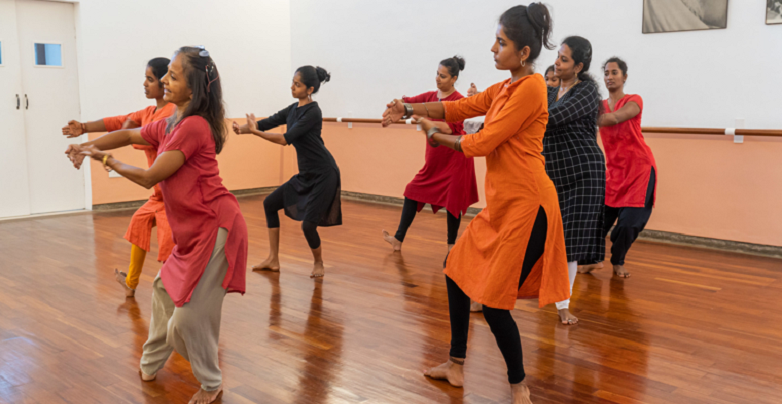
How to Incorporate Traditional Dance into Your Workout Routine
Now that we’ve explored the benefits and types of traditional dance, let’s discuss how you can integrate them into your workout routine. Whether you’re looking to shake up your current fitness regimen or start a new one, these steps will guide you in making traditional dance a part of your regular exercise plan.
Joining a Local Dance Class
One of the easiest ways to start incorporating traditional dance into your workout routine is by joining a local dance class. Not only will this provide you with professional instruction, but it will also give you the opportunity to meet and interact with others who share your interest.
Online Dance Tutorials and Videos
In today’s digital age, there are numerous online resources available to learn traditional dance. Websites and social media platforms offer countless dance tutorials and workout videos that you can follow in the comfort of your own home. This flexibility makes it easy to fit a dance workout into your schedule, regardless of how busy you might be.
Hiring a Private Dance Instructor
If you prefer one-on-one instruction, consider hiring a private dance instructor. This allows for personalized feedback and guidance, which can be especially helpful if you’re new to dance or if you have specific fitness goals you want to achieve through dance.
Incorporating Dance Moves into Existing Workouts
Don’t feel like you have to do a full dance workout to reap the benefits. You can incorporate elements of traditional dance into your existing workout routine. For instance, you might add some dance steps into your cardio routine, or use dance stretches to improve your flexibility.
Frequency and Duration of Dance Workouts
As with any workout, consistency is key. Start with a frequency that fits your schedule and fitness level, and gradually increase it as you become more comfortable. A good starting point could be one or two dance workouts per week, for 30 to 60 minutes each. Remember, the goal is to make it a sustainable part of your lifestyle, so it’s important to find a balance that works for you.
References
[1] Dance – health benefits
[2] Traditional Dance Improves the Physical Fitness and Well-Being of the Elderly
[3] How Soulful, Joyful Dance Workouts Became the New Wellness Trend
[4] 6 Offbeat Dance Workouts That You’ll Actually Want To Do
[5] 10 Powerful African Dance Workout To Melt Excess Holiday Pounds

